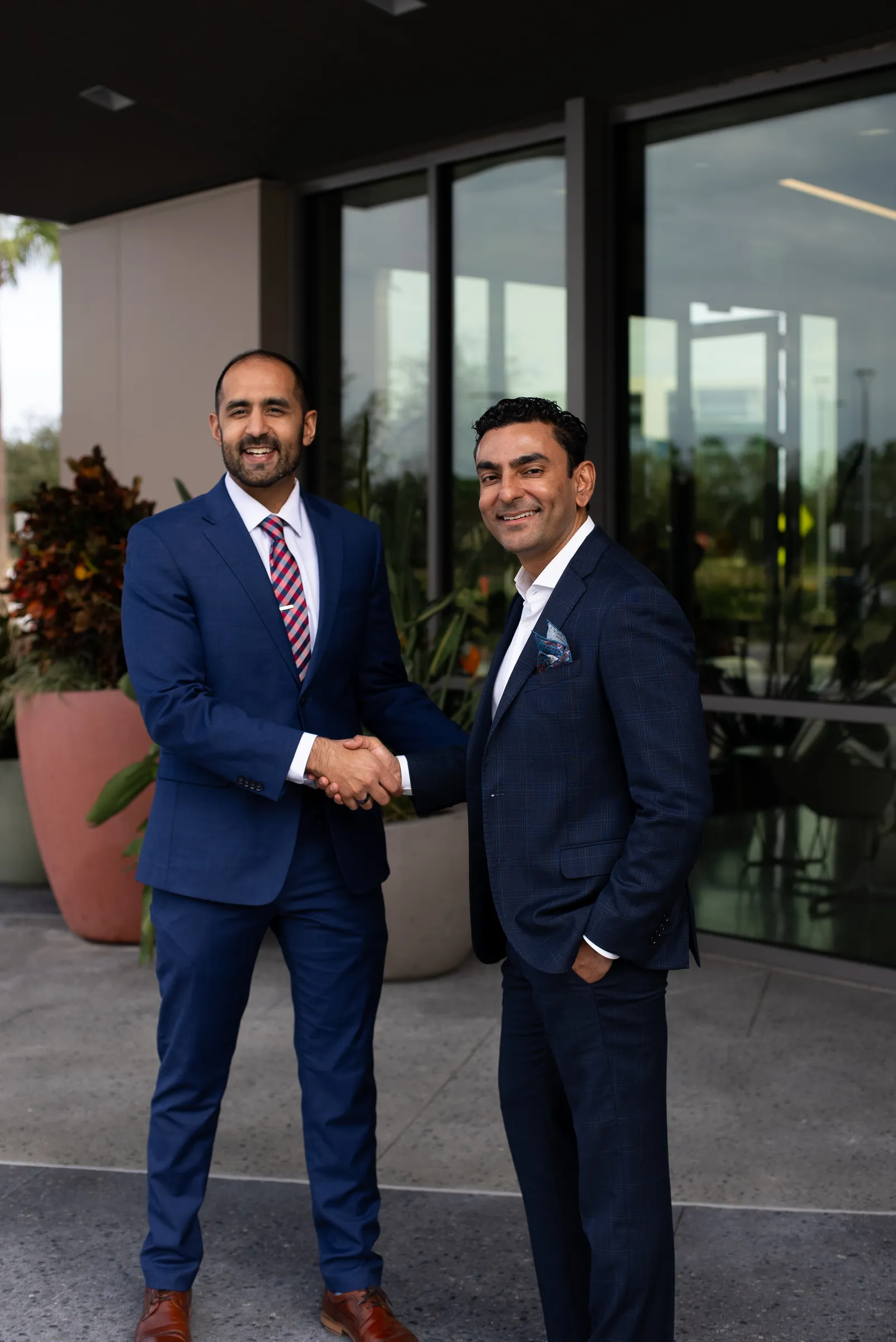Fluoroscein Angiography
Fluorescein angiography is an eye test that uses a special dye and camera to look at blood flow in the retina and choroid, the two layers located in the back of the eye, in order to diagnose and document an eye disease.

How is a Fluoroscein Angiography Performed?
Fluorescein angiography is an office procedure which takes approximately 15 to 30 minutes. A fluorescein dye is injected into a vein in the arm, and as the dye circulates throughout the body, multiple photographs are taken of the back of the eye as the dye passes through both the arteries and veins within the retina. The camera used to take the photos is equipped with special filters which allow it to project a certain wavelength of light into the eye which activates the fluorescein dye, which is then photographed as it passes through the eye.
Conditions That Require a Fluoroscein Angiography
- Retinal arterial occlusive disease
- Retinal venous occlusive disease
- Vascular anomalies and other diseases
- Vasculitis and autoimmune conditions of the eye
- Diabetes
- Macular degeneration
- Intraocular tumors
- Hereditary conditions involving the retina
- Temporal arteritis





